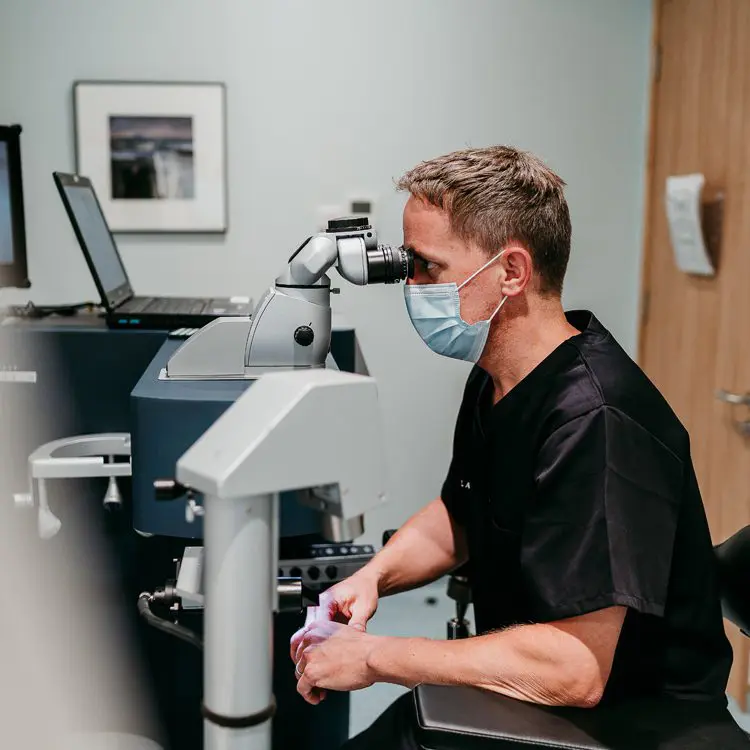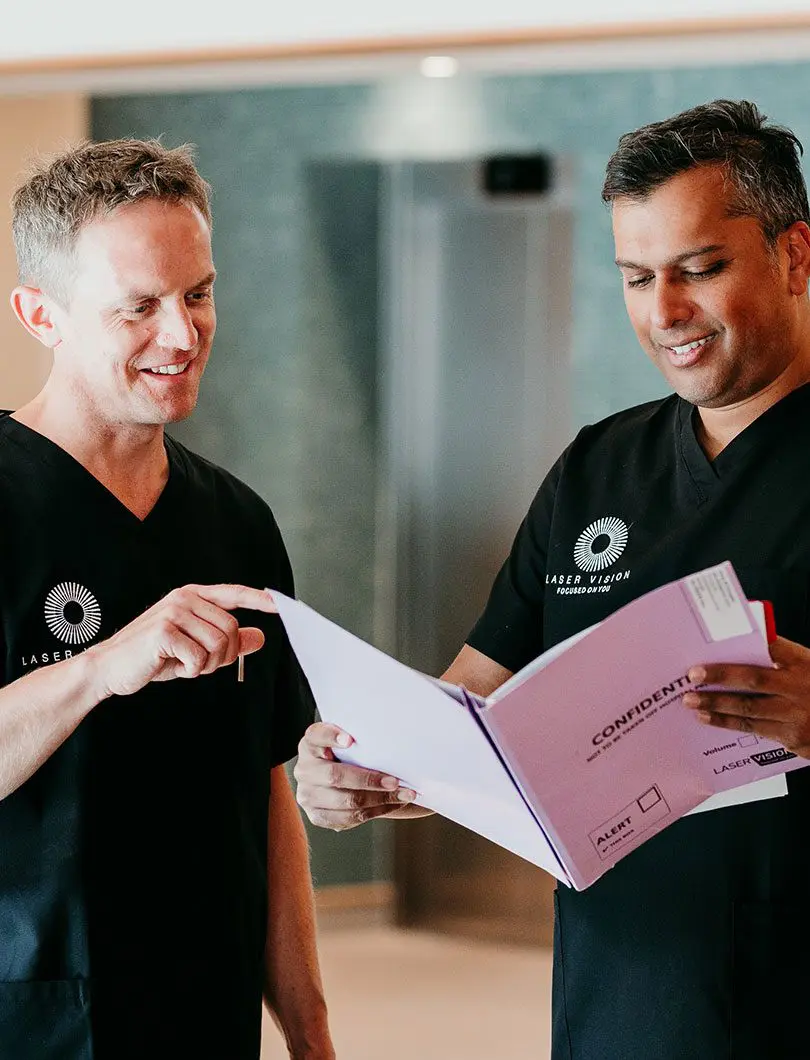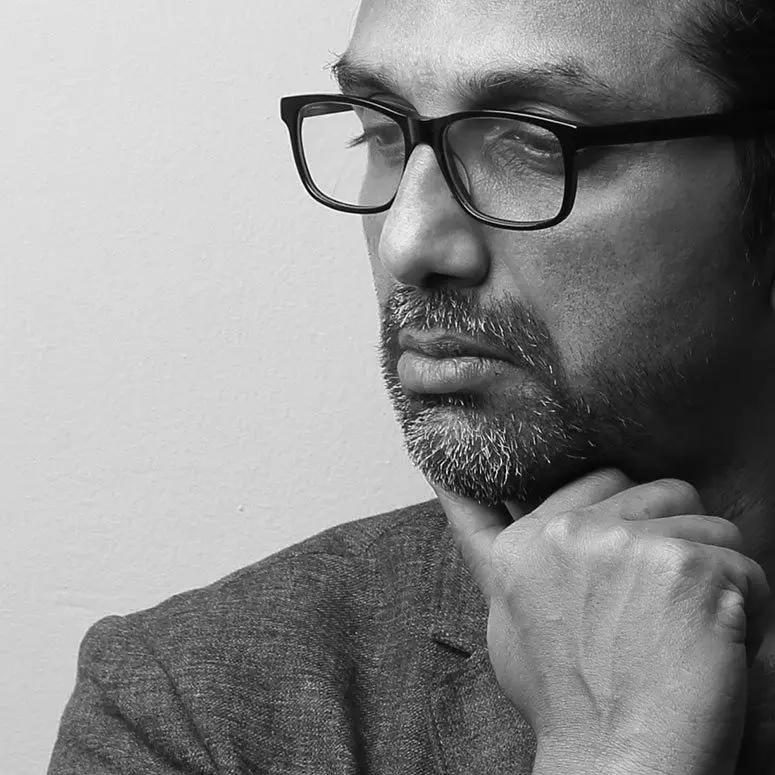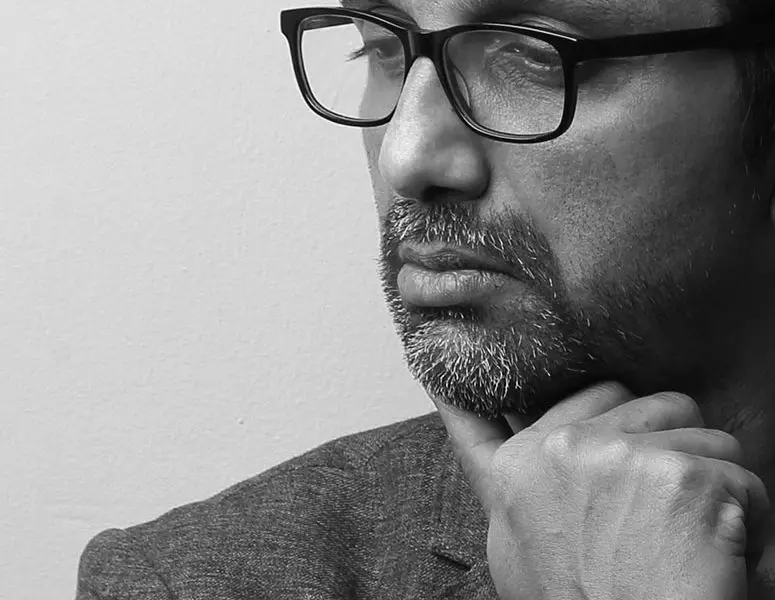- Glaucoma

OMNI

- Treatment

- Glaucoma
OMNI
The OMNI surgical system is a unique implant-free approach to treat Glaucoma.
It allows us to access Schlemm’s canal with the microcatheter through a single clear corneal incision. It is intelligently engineered with an internal reservoir delivering a controlled amount of viscoelastic fluid.
To address the trabecular meshwork as a point of resistance within the conventional outflow pathway, the OMNI Surgical system performs a trabeculectomy as well as Viscocanulostomy giving you two treatments in one.
Our visual system is similar to a digital video camera.
The eye (camera) connects to the brain (computer) via an optic nerve (USB cable), and all 3 parts need to function for us to see. Glaucoma is a condition of the eye where the optic nerve becomes slowly damaged.
If left untreated, this can then lead to some loss of vision, initially peripherally and then central. You may not know that you have glaucoma until you have lost a lot of your sight, as there are usually no known early warning symptoms.
There are various treatment options but unfortunately vision that has already been lost cannot be restored. The aim of treatment is to reduce the pressure in the eye to prevent or slow down further damage to the optic nerve and so protect your vision from getting worse.
Creating a route for the excess fluid to escape is the obvious solution and Ophthalmologists have been doing surgery for almost 150 years.
The OMNI Surgical system procedure belongs to a group called MIGS (minimally invasive Glaucoma Surgery). They are most useful in early to moderate stages of glaucoma or in combination with cataract surgery. We are happy to advise you on the suitability of these devices to help control your Glaucoma.
Our visual system is similar to a digital video camera.
The eye (camera) connects to the brain (computer) via an optic nerve (USB cable), and all 3 parts need to function for us to see. Glaucoma is a condition of the eye where the optic nerve becomes slowly damaged.
If left untreated, this can then lead to some loss of vision, initially peripherally and then central. You may not know that you have glaucoma until you have lost a lot of your sight, as there are usually no known early warning symptoms.
There are various treatment options but unfortunately vision that has already been lost cannot be restored. The aim of treatment is to reduce the pressure in the eye to prevent or slow down further damage to the optic nerve and so protect your vision from getting worse.
Creating a route for the excess fluid to escape is the obvious solution and Ophthalmologists have been doing surgery for almost 150 years.
The OMNI Surgical system procedure belongs to a group called MIGS (minimally invasive Glaucoma Surgery). They are most useful in early to moderate stages of glaucoma or in combination with cataract surgery. We are happy to advise you on the suitability of these devices to help control your Glaucoma.


How is it performed?
- 1.The operation is usually performed under a local anaesthetic, meaning that you are awake but your eye is numb so you will not feel anything.
- 2.The eye is entered and the inside filled with a gel-like substance called viscoelastic to inflate the eye and reduce bleeding.
- 3.The Schlemm’s canal is infiltrated using the OMNI catheter under visualisation with a special surgical lens. Once the catheter has stented open the Schlemm’s canal, viscoelastic is deposited around the canal. This is graded depending on how much treatment is required.
- 4.The Trabeculotomy can then be performed using the catheter to tear open the canal exposing the collector channels to the Aqueous fluid in the anterior chamber of the eye.
- 5.The viscoelastic gel is removed from the eye and wounds sealed using fluid (no stitches).


















